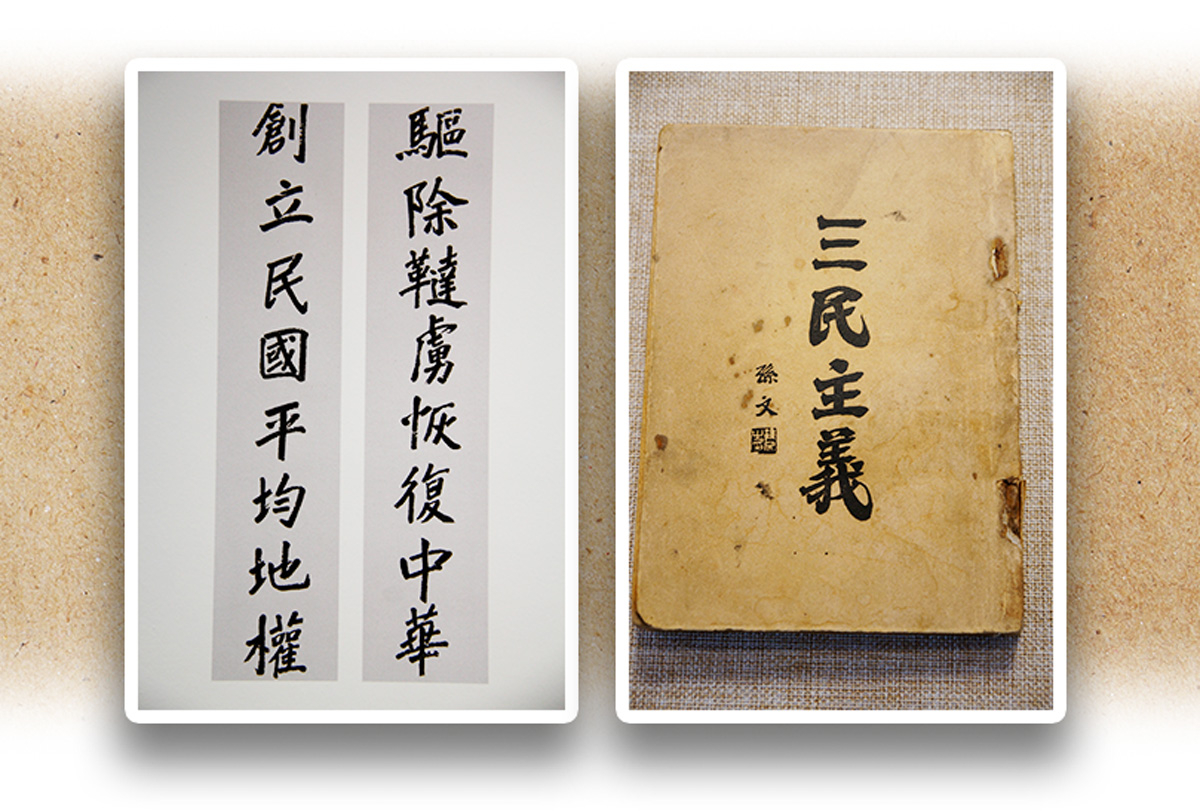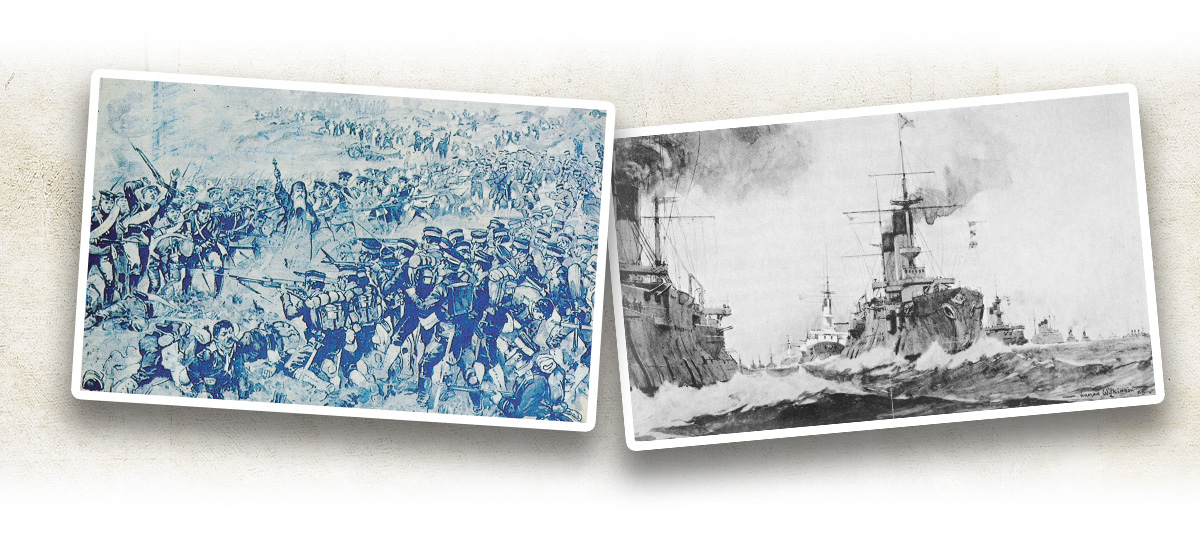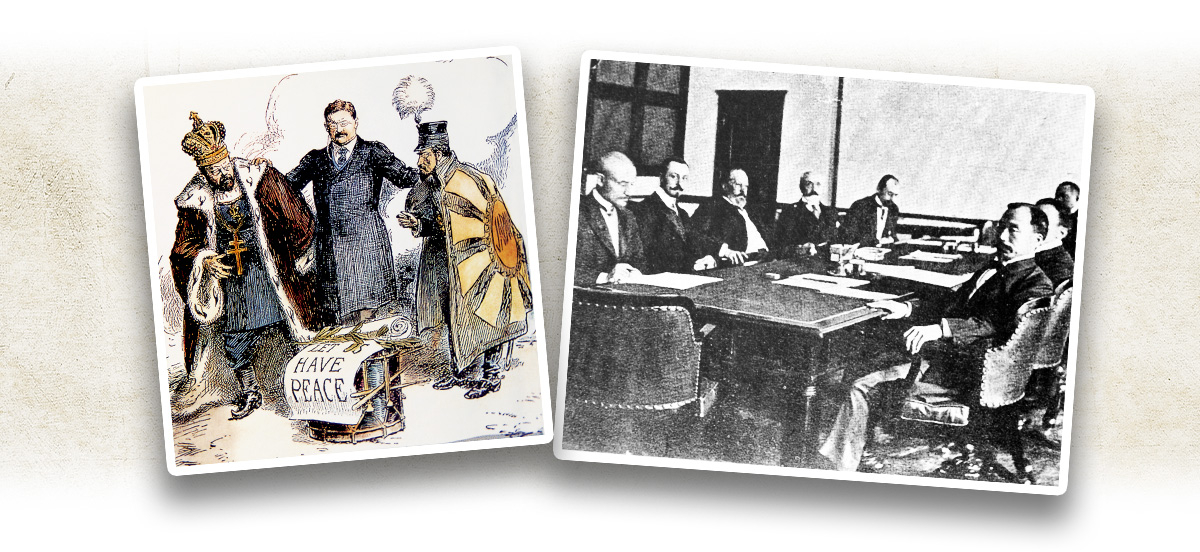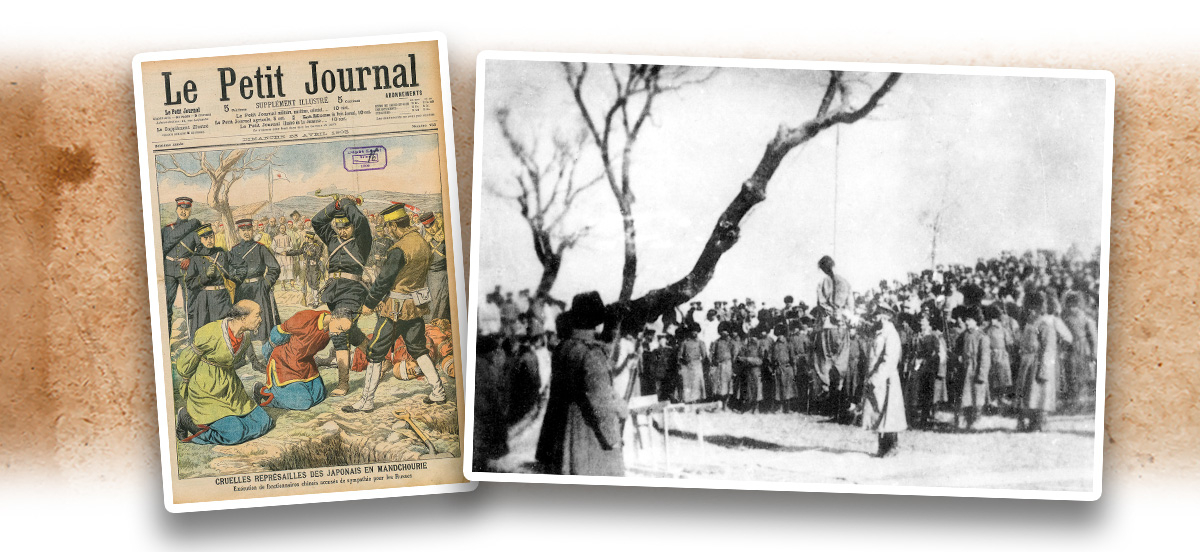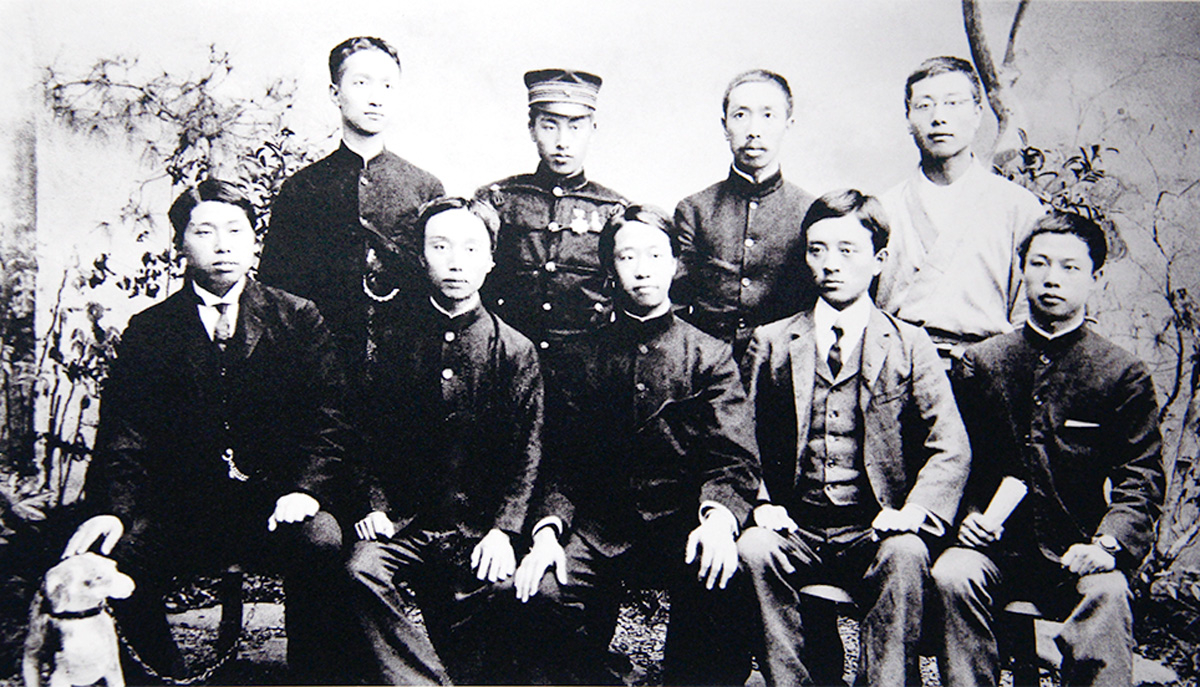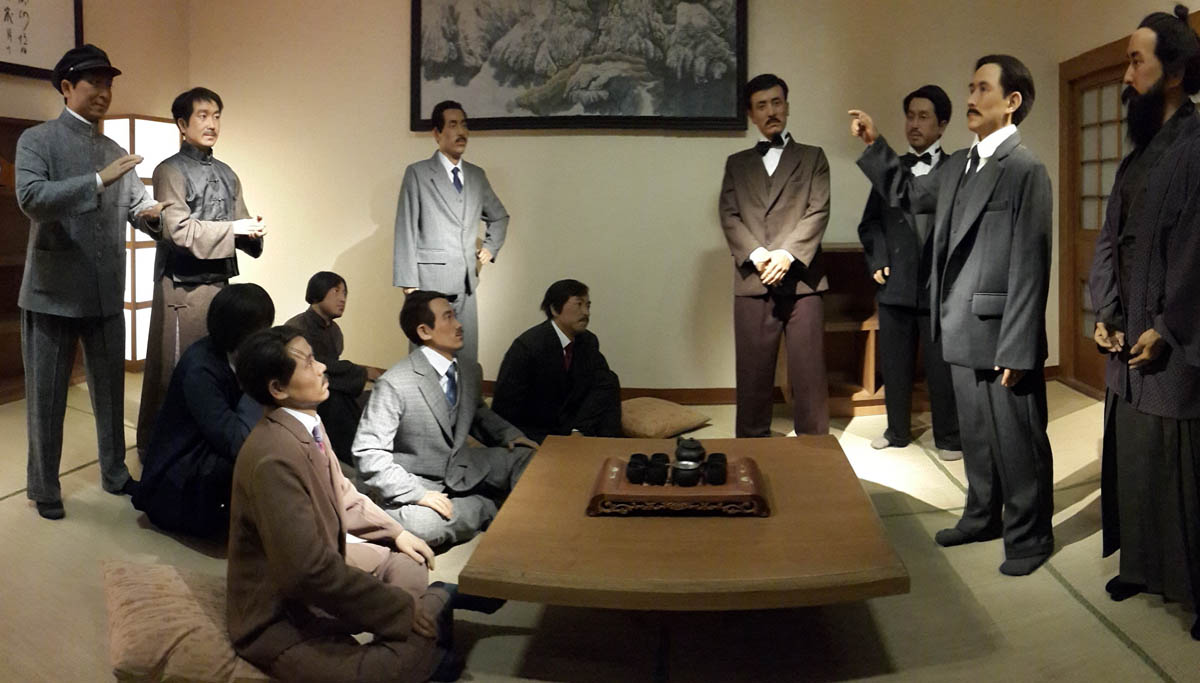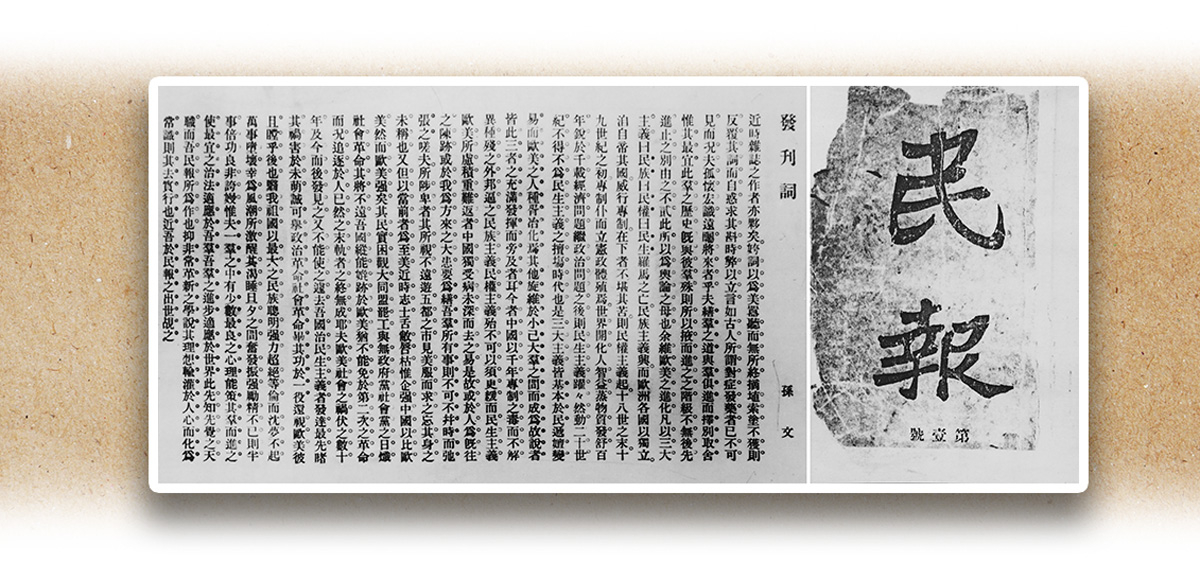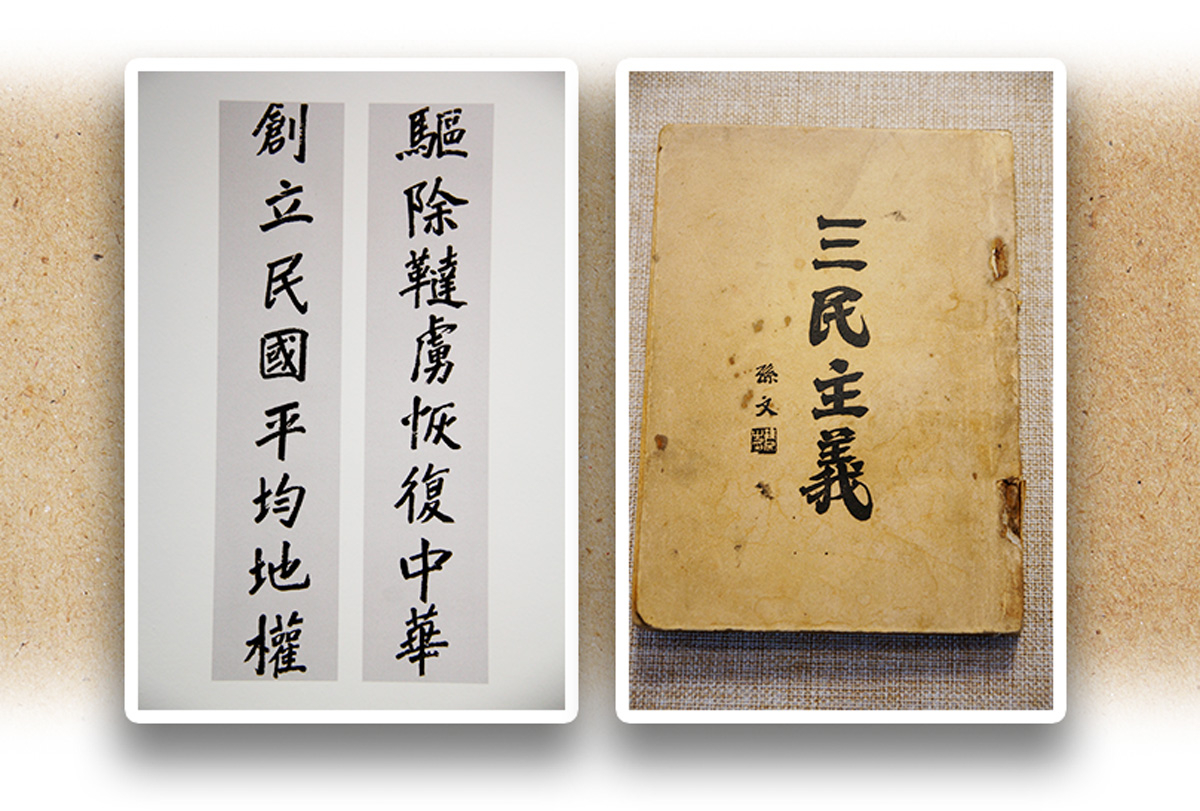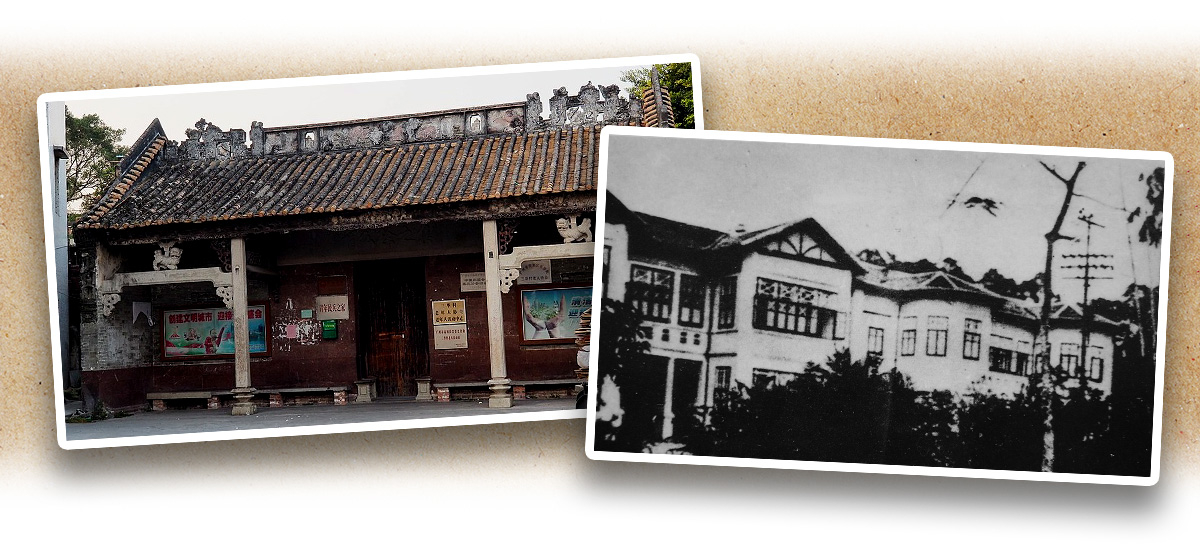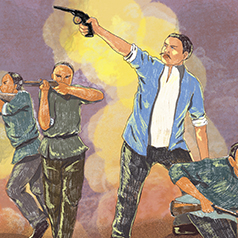From 1904 to 1905, the Russo-Japanese War broke out over the interests in East Asia, particularly China. Already a victim of imperialist invasions, China was reduced to a key battleground in this war. After Japan’s victory, the two powers traded various land and sea concessions seized from Northeast China. Although the Qing government had declared the neutrality of China during the war, it nevertheless ravaged the country’s north-eastern territories, and inflicted untold devastation on the lives and properties of its people. Patriots nationwide were enraged by the Qing government’s corruption and incompetence.
Besides the Revive China Society (興中會) led by Sun Yat-sen (孫中山), other patriotic and revolutionary groups emerged at that time included the China Revival Society (華興會) founded by Huang Xing (黃興), Chen Tianhua (陳天華), and Song Jiaoren (宋教仁); as well as the Restoration Society (光復會) founded by Cai Yuanpei (蔡元培), Qiu Jin (秋瑾), Xu Xilin (徐錫麟), and Zhang Binglin (章炳麟). At a meeting held in Tokyo, Japan, on 20 August 1905, the Revive China Society, the China Revival Society, and the Restoration Society merged to form the United League (同盟會), a national revolutionary organisation led by Sun as the chairman. Its political goal was to “expel the Manchus, restore China, establish a Republic, and distribute land equally among the people.” Headquartered in Tokyo, the coalition proceeded to establish branches within and outside China.
November of the same year saw the launch of Citizens’ Journal (《民報》), the United League’s official publication. In his introduction to the debut issue, Sun first enunciated his political philosophy titled the “Three Principles of the People (三民主義)”, the three principles being nationalism, democracy, and people’s livelihoods. The founding of the United League embarked a new development of the anti-Qing revolution.
|
|
Why the Russo-Japanese War, a war waged between the two imperialist powers, was influential on China’s revolution and patriots? |
|
|
See answer below. |
From 1904 to 1905, a war broke out between Japan and Russia over the interests in East Asia, particularly China. Although China claimed neutrality in the war, most of the fighting ended up taking place on its soil or in its waters.
For more than a year, the two sides battled ferociously. Russia suffered defeats on land and at sea while Japan exhausted its forces. Peace negotiations began with the United States as the mediator. On the left: a cartoon that shows the United States mediating between Japan and Russia; on the right: on 5 September 1905, Japan and Russia signed the Treaty of Portsmouth, in which they made territorial concessions to each other all at the expense of the “neutral” China.
The Russo-Japanese War was a catastrophe to Northeast China and inflicted untold devastation on the lives and properties of its people. The picture shows Russian troops in retreat after they lost the Battle of Mukden. Mukden (奉天, modern-day Shenyang﹝瀋陽﹞) was set aflame during the battle.
During the war, scores of Chinese civilians were killed. On the left: an illustration from Le Petit Journal, a French newspaper, that Chinese civilians being beheaded by Japanese soldiers; on the right: Chinese civilians being hung by Russian soldiers. The Russo-Japanese War showed the Qing government’s complete failure in protecting China and its people. This provoked more people to join the anti-Qing revolution.
A group photo of some members of the China Revival Society members. The first figure from the left in the front row is Huang Xing. In 1904, Huang, Chen Tianhua, and Song Jiaoren founded the revolutionary China Revival Society in Changsha (長沙).
The Restoration Society’s oath. In 1904, Cai Yuanpei, Qiu Jin, Xu Xilin, and Zhang Binglin founded the revolutionary Restoration Society in Shanghai (上海).
The scene of the formation of the United League, reenacted with models. To augment the revolutionary strength, the Revive China Society, the China Revival Society, and the Restoration Society formed an alliance in Tokyo on 20 August 1905. The three merged to form the Tongmenghui of China (中國同盟會), or commonly knowns as the United League. Sun Yat-sen became the chairman of this new organisation.
Citizens’ Journal, the United League’s official publication, was launched on 26 November 1905. In his introduction to the debut issue, Sun Yat-sen identified the League’s goal as nationalism, democracy, and people’s livelihoods. They became known as the “Three Principles of the People.”
The principal goal of the United League penned by Sun Yat-sen (left) and his work Three Principles of the People (《三民主義》).
The former sites of the United League’s branch in Panhua (番花), Guangdong Province (廣東) (left) and Singapore (right). After its establishment, the United League set up numerous branches within and outside China to spur the revolution.
|
|
Why the Russo-Japanese War, a war waged between the two imperialist powers, was influential on China’s revolution and patriots? |
|
|
The Russo-Japanese War was instigated by Russia and Japan’s rivalry over the interests in East Asia. It took place mainly on land and at sea in north-eastern China and Korea. After the war, the two powers proceeded to annex and trade these regions to each other as concessions. Proclaimed to be neutral in the war, the Qing government turned a blind eye to the devastation in north-eastern China, resulting in untold damage to the lives and property of the civilians. Patriots were infuriated and anti-Qing sentiment skyrocketed, leading to the birth of the anti-Qing and revolutionary United League that expedited the revolution. |
Source of most photos used in this feature piece: Fotoe




